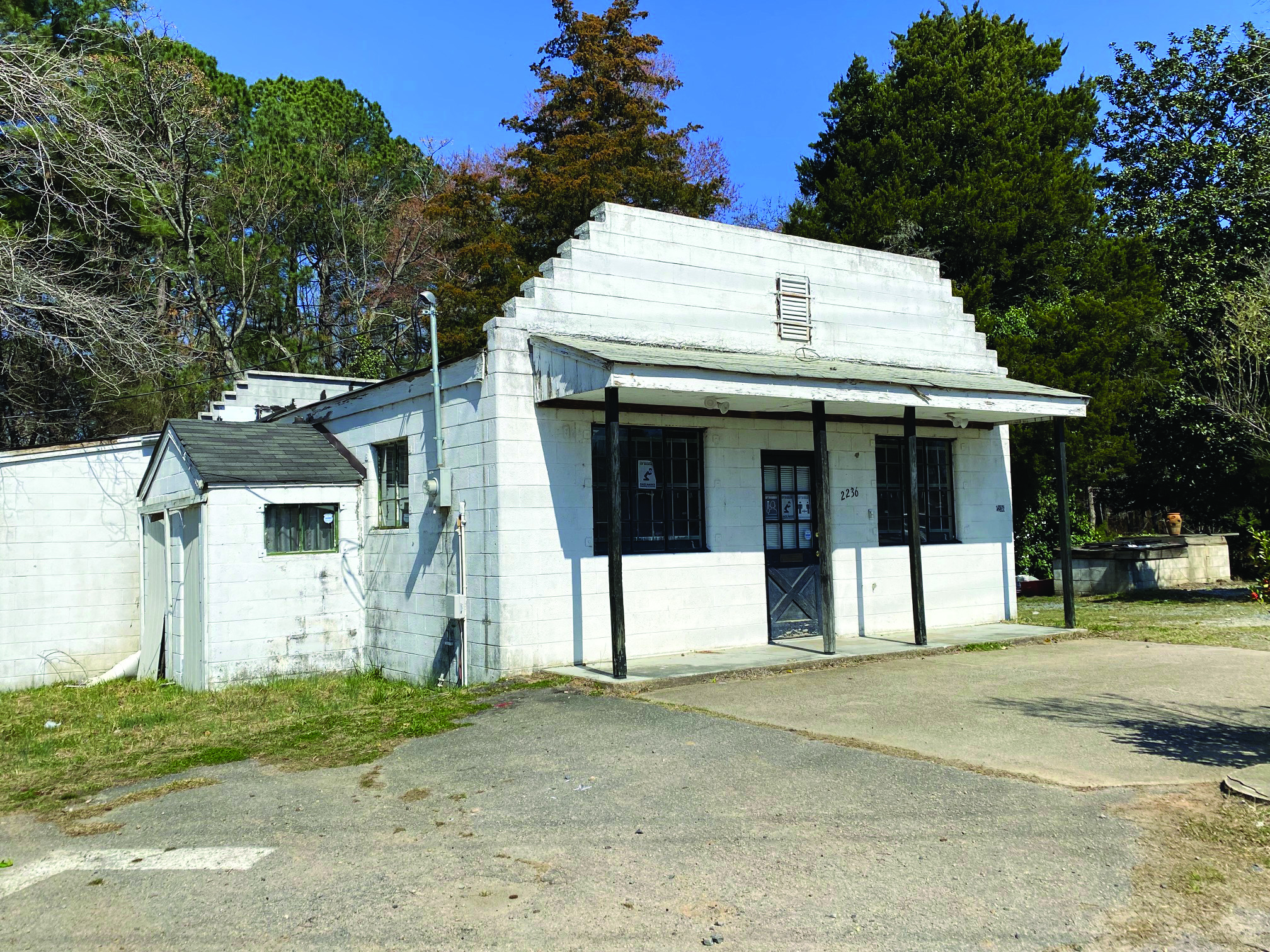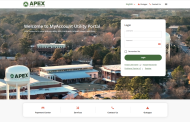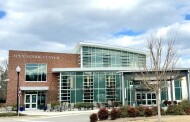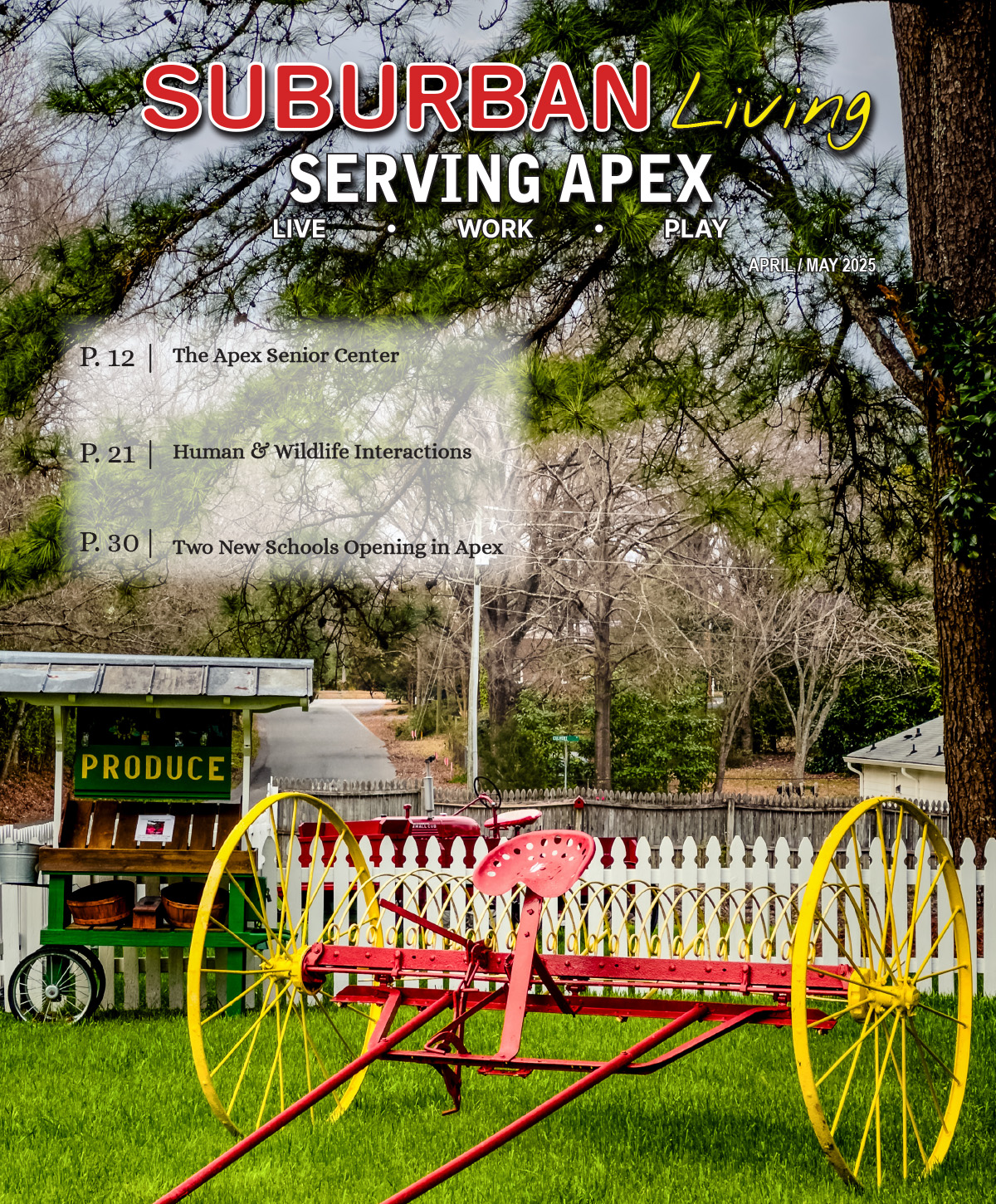Buildings and structures left from the earliest days of the Friendship community are spread out across this southwestern corner of Wake County. Most are hidden from view and in disrepair, blending in with the landscape. All are reminders of a time—and a community–that was decades ahead of its time. But, while these structures are slowly fading away, the spirit and values that the Friendship community were founded on could not be more alive today. The Friendship community’s roots run deep.
Speaking of deep roots, Willie “Larry” Harris, whom I spoke to for this article, has a long history in the Friendship community. Larry’s family tree features both an Evans and a Richardson branch, names immediately familiar to anyone who travels around Apex. Larry noted that his great-grandmother was Annie Evans, an original member of the Friendship community which was chartered in 1843. Additionally, Larry pointed out that the house across the street from his on Evans Road belongs to his grandfather—John Henry Evans. Larry said his cousins live in Cary and are the namesake for that town’s Evans Road. Deep roots, indeed.
For those not yet familiar with Friendship, Friendship was a place where Black families, white Quaker families and indigenous families from the Tuscarora tribe all lived alongside each other. While segregation may have been the norm at the time, the members of the Friendship community seemed to embrace what they had in common instead of what made them different.
Reaching west to the Chatham County line, north to Highway 64, south to just beyond where Harris Lake sits today and east to I-540, Friendship was mostly a community of proud, hardworking farming families. Everyone owned their own land/farms, horses, mules and so forth. It was a very level playing field where community members helped one another and at the end of the harvest, they would all come together for an end-of-harvest hog roasting. While the diverse members of the area certainly recognized the very real possibility for conflict across the community, they instead agreed that living in harmony was a better path to take. From there, the story goes that in the early 1840s, when a member of the Tuscarora tribe settled in the area, he called for the members of the community to come together for a pow-wow where they smoked a peace pipe and agreed to live peacefully. The community of Friendship was born.
As goes the oft-quoted answer to the phrase: What’s the key to business success? Location, location, location. In the early- to mid-1800s, the community of Friendship had this in abundance, as it sat on the crossroads of two major commerce passageways—one that led from Raleigh to Haywood and the other which led from Durham to Smithfield. Tobacco farming sustained them for quite some time.
Larry shared a story that demonstrates how the shared values of the Friendship community weren’t something to aspire to, rather, it was how they lived each day.
A community member was coming home with his mules and was hit by a truck, killing him and his mules. After this tragedy, other members of the community—Black, white, and Native American—helped the widow by farming her land, bringing in the harvest and ultimately taking her tobacco to market.
Today, the descendants of the Friendship community still have pride in this heritage. Larry calls it “remarkable” and says that even with their individual and collective transition away from farming and the passage of time, “It’s still amazing. Members still cherish the history.”
From the Quaker side, Larry shared that he is still in touch with the Olive (i.e., Humie Olive) family—Bobby, Ricky and Frank Olive. Members of the remnant Tuscarora tribe can be found primarily in New Hill. Larry shared that some live in Apex along or around Ten Ten Road. If you visit Mt. Zion Baptist Church on a Sunday, you can probably see some of their influence. And, Larry noted that pow-wows still go on to some degree.
All of the original land is being transitioned now. Much of the land is being sold or moved. Larry told of developers who come in and are not very sensitive, until Larry shares the history of Friendship. “They are so awed by it that they try to find a way to preserve the history where they can. Keeping street and road names that reflect the history is one way. They can and will find other ways to recognize the history and they will, if necessary, consult with the community to keep the history alive,” he said.
The descendant members of Friendship are not opposed to progress. They readily admit the days of farming are, for the most part, gone so it stands to reason they need to find use for the land. If the selling of their ancestral land can lift them up, it’s a win-win.
I was curious to know if Friendship ever came under fire or had internal conflicts? Larry said there were never any real challenges on the inside.
“It was a small community where people knew one another for generations. There was no real influx of outsiders. People needed their land and at the time, it was all about farming. There was no prejudice. No one cared about the size of their neighbor’s farm. Land was the lifeblood, the mule was the engine, and your family was your labor,” he shared.
Larry noted, “When people work together, live with one another, you get to know each other. This supersedes the prejudices that exist. This is especially true of young people, then and now.”
One external challenge was the segregation of schools which happened when Apex became a town. Enter Booker T. Washington—educator, author, presidential advisor—and Julius Rosenwald—philanthropist and president of Sears Roebuck. Their partnership resulted in the creation of the Rosenwald Schools, one of which remains on Humie Olive Road just up the road from Apex Friendship Middle School. These schools provided education to Black students. Over time, their collaboration (i.e., Rosenwald’s money and Washington’s leadership and cultivation of local labor) built some 5,000 schools from Maryland to Texas.
“This endeavor raised two generations of African Americans out of poverty,” Larry emphasized. Between Fuquay-Varina and Apex, all of the children were able to get high school diplomas. And it wasn’t just children attending these schools. At night, the parents of these children would attend and further their education. The school exposed kids to reading, writing and arithmetic. With their new knowledge, parents could help their children.
“It’s hard to quantify the impact this had,” Larry said.
Today, the Apex Friendship schools that sit down the road from the Rosenwald School are fascinated by this history. The principals at each school have taken a keen interest in preserving and detailing the history and have plans to install display cases in their schools that showcase artifacts and recount the history. A plaque was erected back in August 2021 outside of Apex Friendship Middle School that celebrates the area’s Rosenwald School.
It’s hard not to be fascinated and inspired by this true story of tolerance, understanding and kindness. When I asked Larry about buildings and structures that remain (this reporter wanted to visit them all), I was taken by a different reminder that Larry noted.
“Trees almost speak to you. This is an old homestead. Buttercups springing up around the base of the tree tell the tale of old homesteads. These are markers that tell you a member of the Friendship community used to live on this site,” Larry shared.
So, in some ways, if you are looking for evidence of the Friendship community, look no further than the annual sprouting of buttercup blossoms at the foot of a tree. These roots run deep and they persevere.








